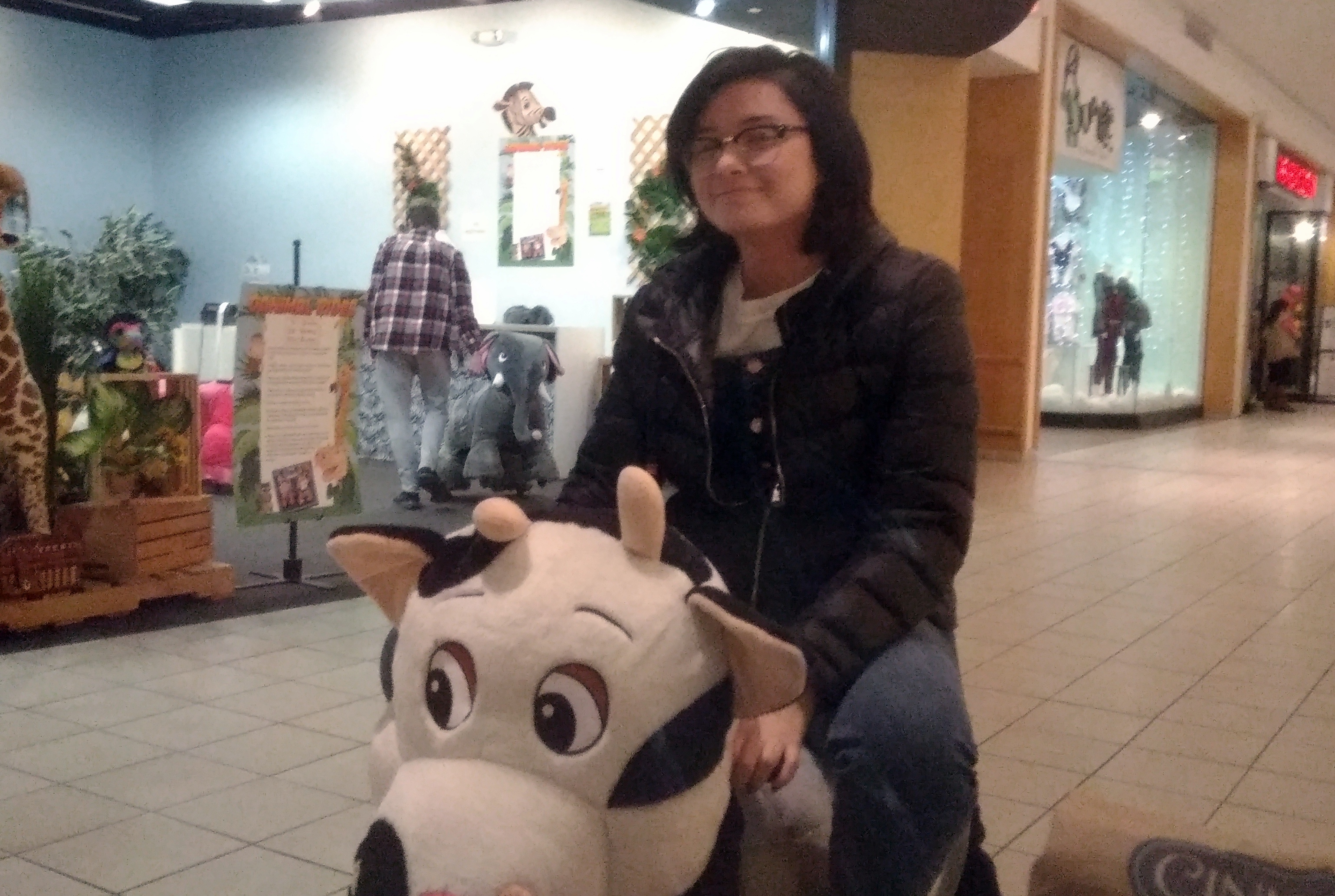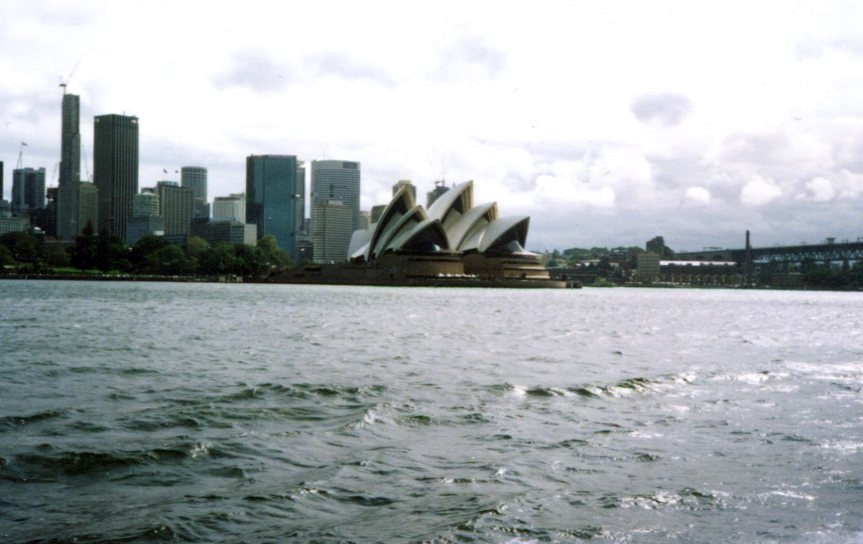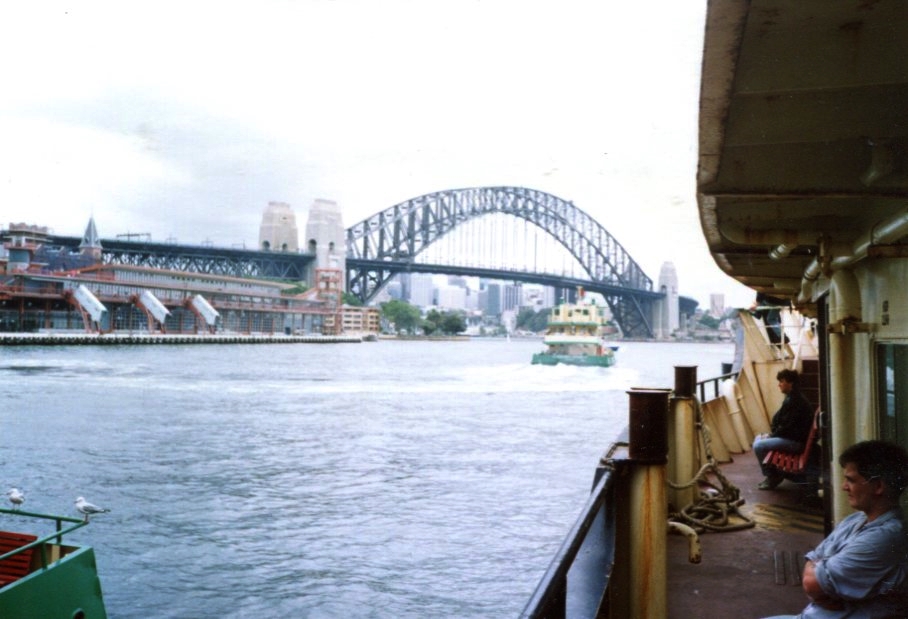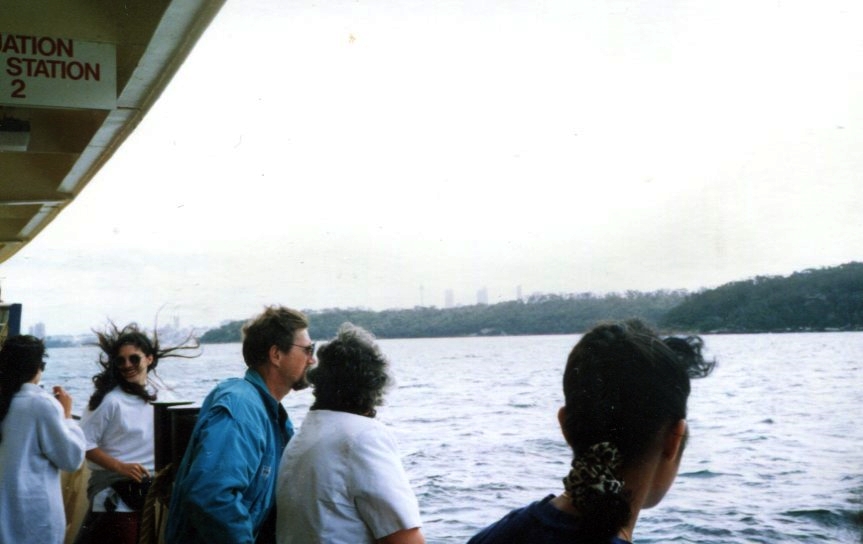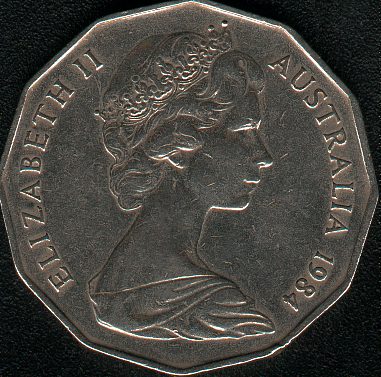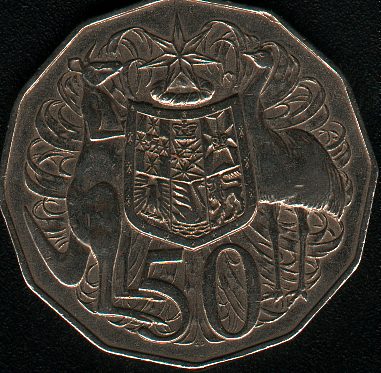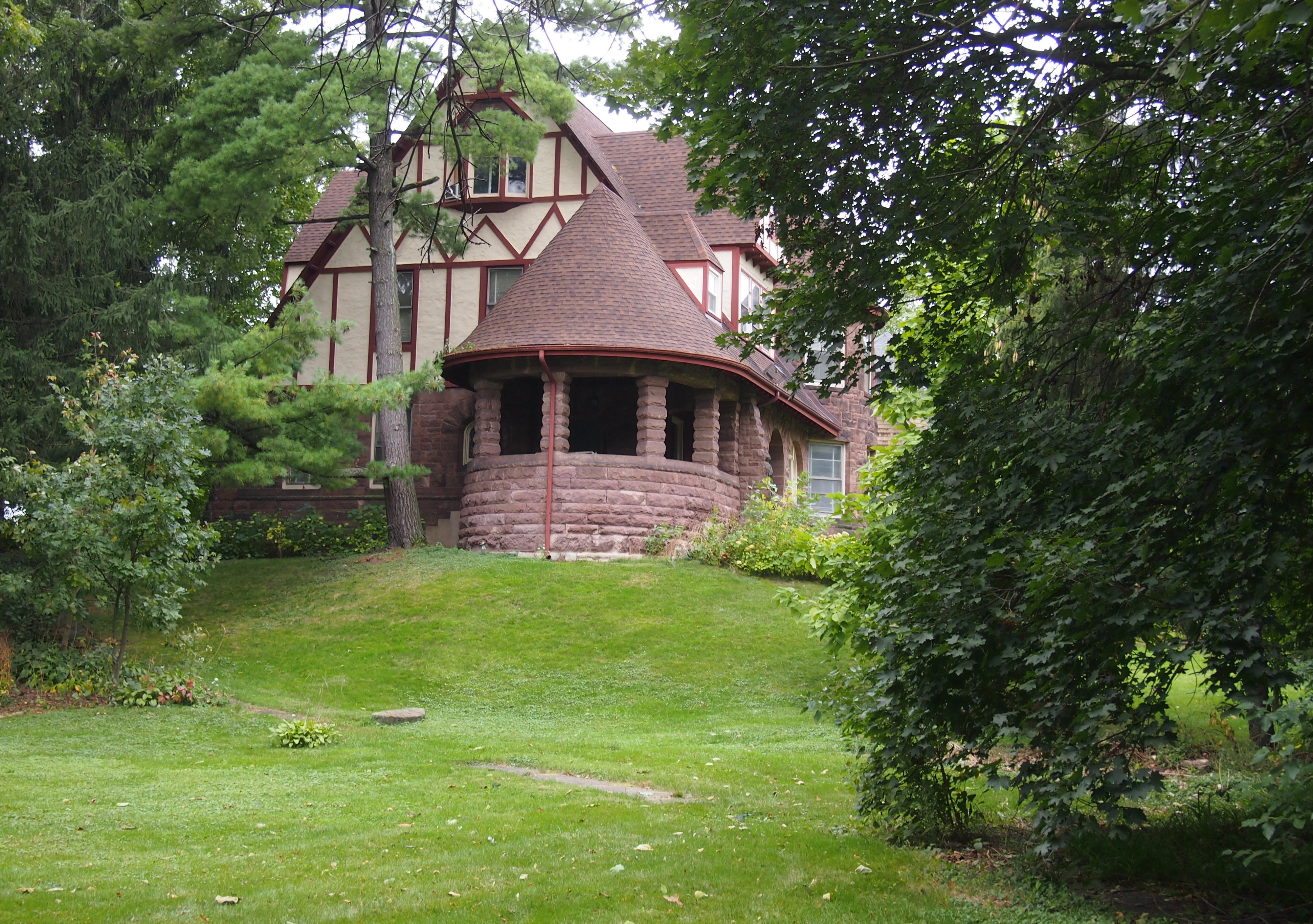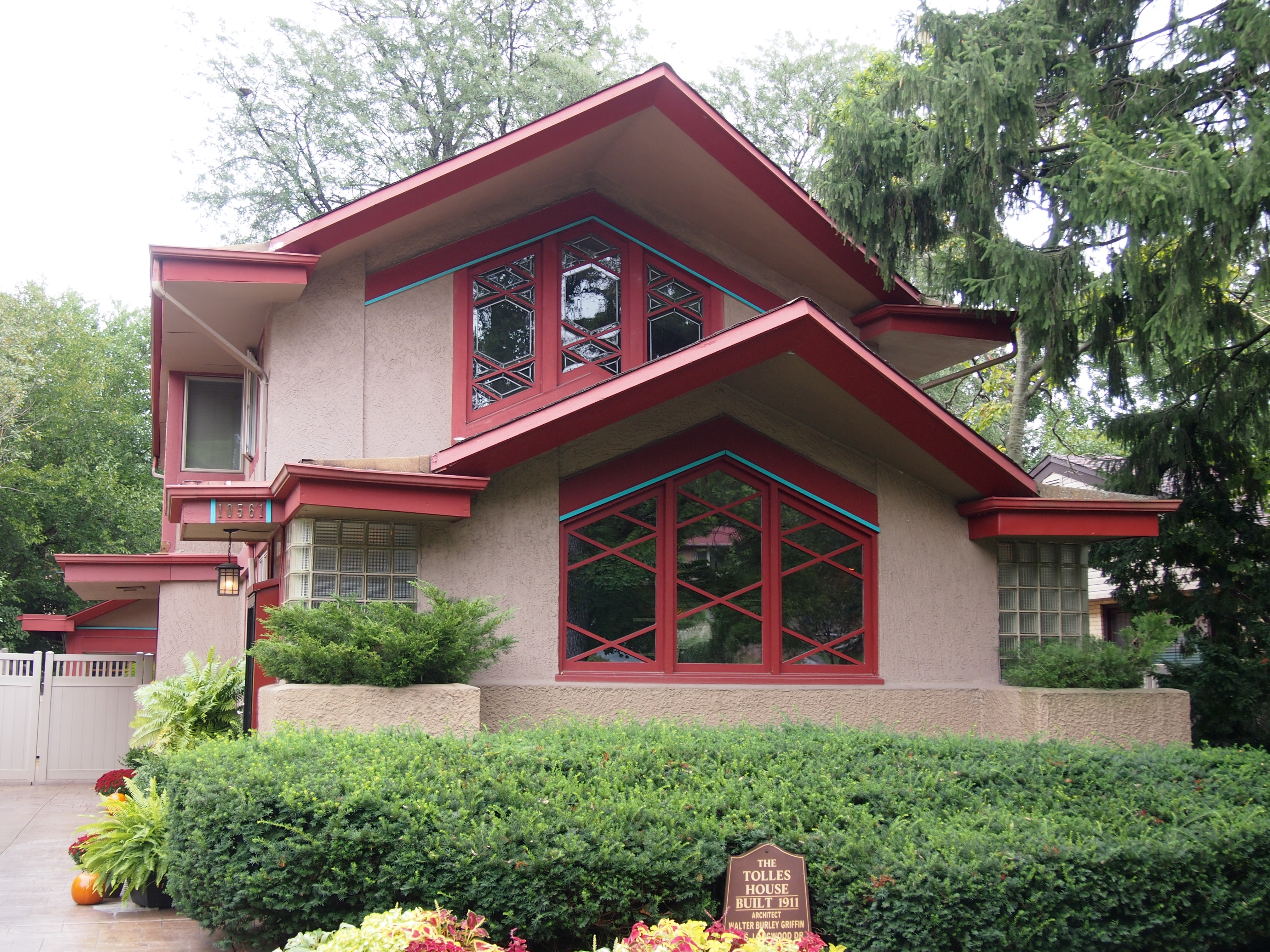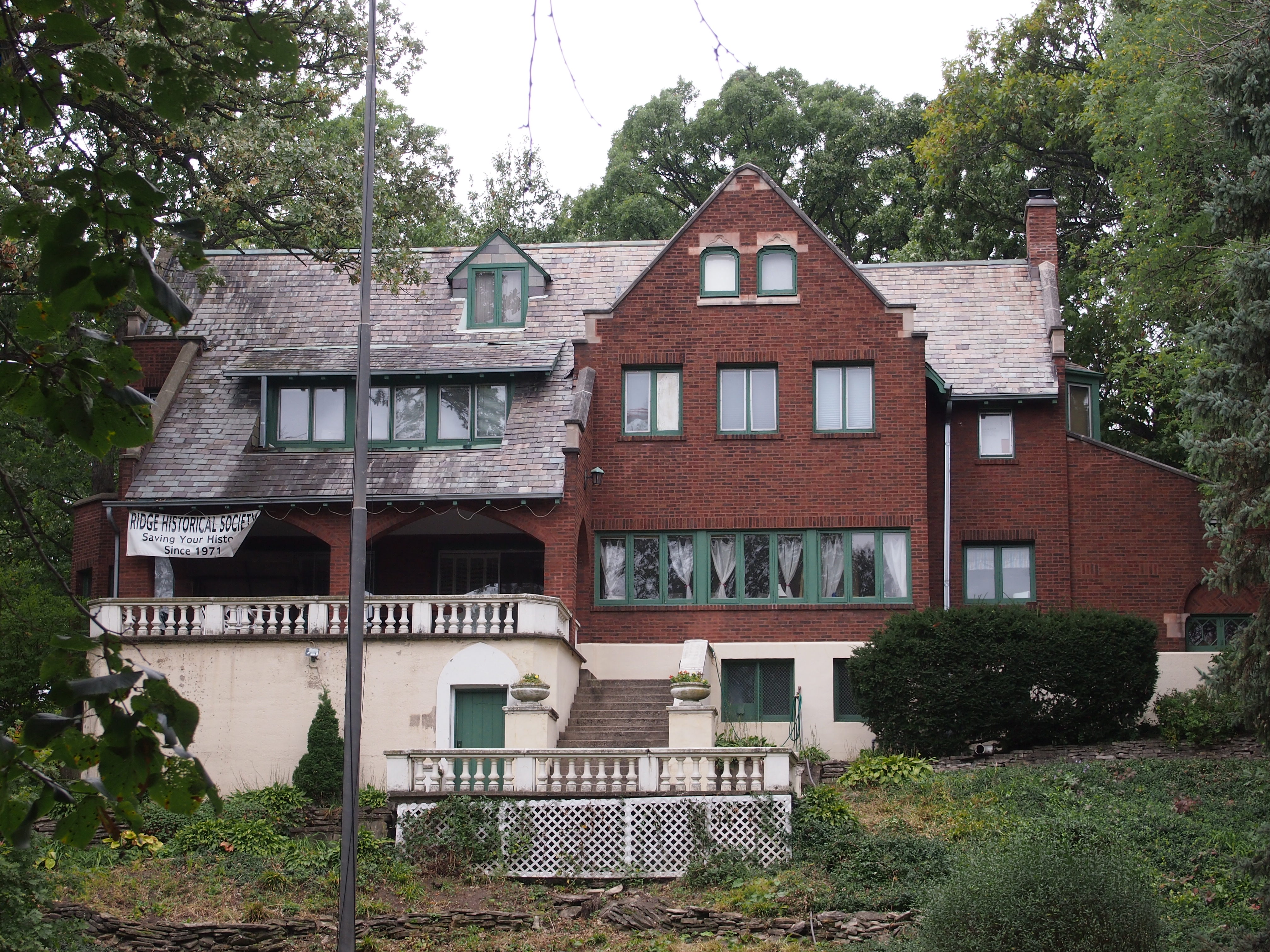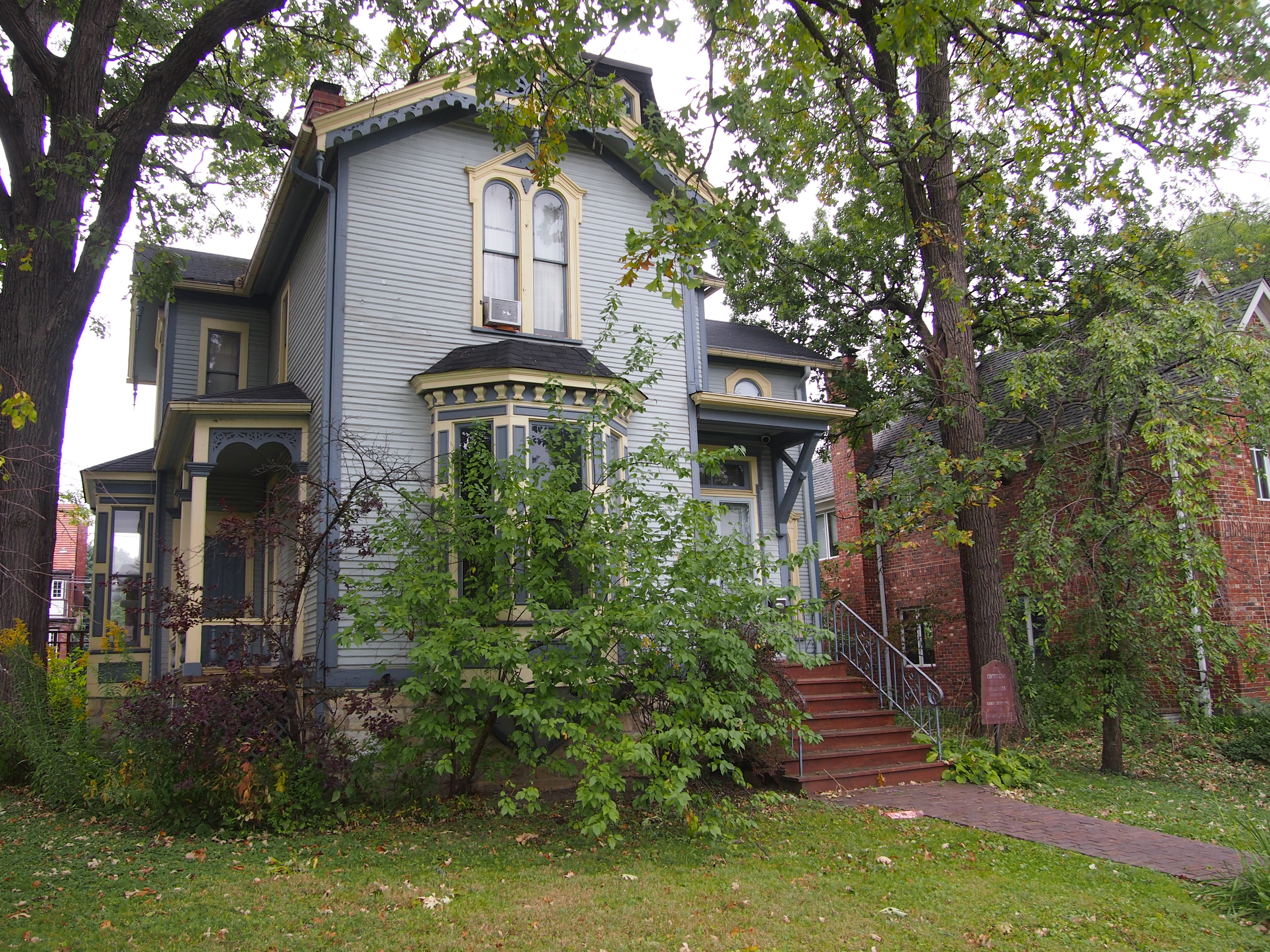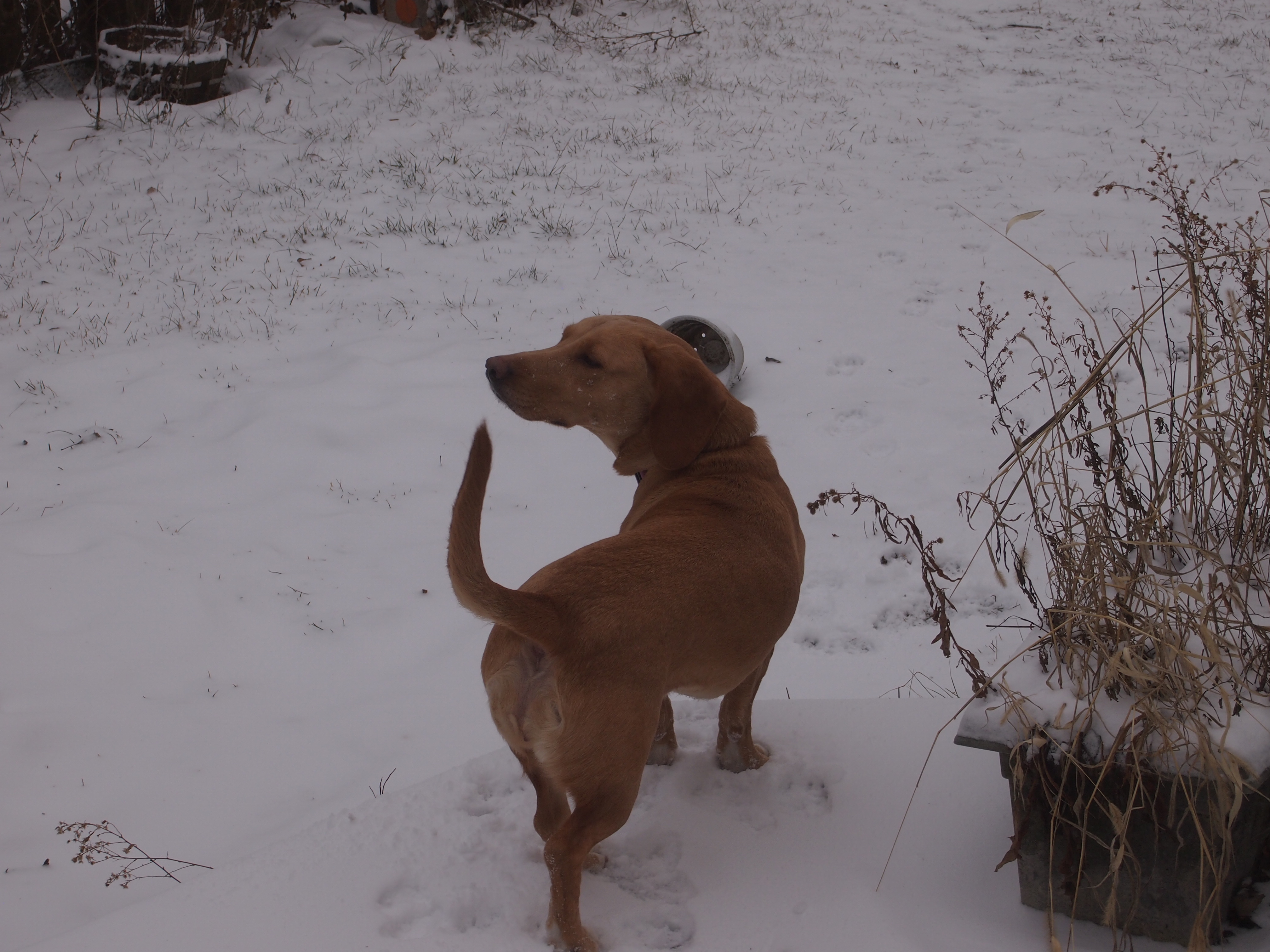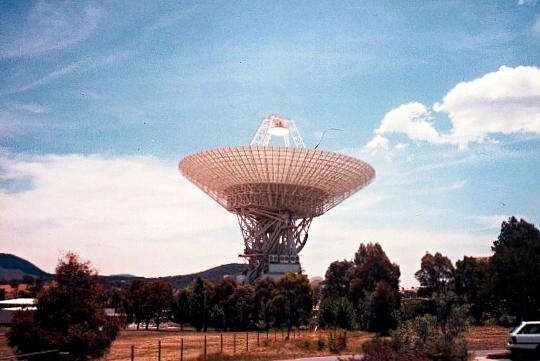Winter temps have kicked in, but at least Monday’s drizzle and mist didn’t become ice. Now we have dry subfreezing conditions. Tolerable.
Meandering around online recently — often the best way to find anything interesting — I came across “Put a Light in Every Country Window.” A song about rural electrification in Australia. Can’t say I’ve ever heard one of those before.
Put a light in every country window,
High-speed pumps where now the windmills stand.
Get in and lay the cable so that one day we’ll be able
To have electricity all over this wide land.
Catchy tune. Wasn’t long before I found the liner notes of Folk Songs & Ballads of Australia, recorded in 1964 by Gary Shearston, a star of the Australian folk revival (another thing I didn’t know about).
“A song from the pen of Don Henderson, one of Australia’s best and most prolific contemporary songwriters, who has travelled and written throughout the Eastern States,” the notes say. “This song was written three years ago after a journey through the area of the giant Snowy Hydro-Electric Scheme.”
Of course it isn’t the only song about rural electrification. Surely Woody Gutherie’s “Roll on Columbia” counts as one, and maybe “Grand Coulee Dam” does indirectly. Considering how many songs Gutherie wrote, there are probably others too.
There’s also this recent oddity about Rural Electric Cooperatives, to the tune of “The Battle of New Orleans.” It’s interesting, but a little hard to listen to.
